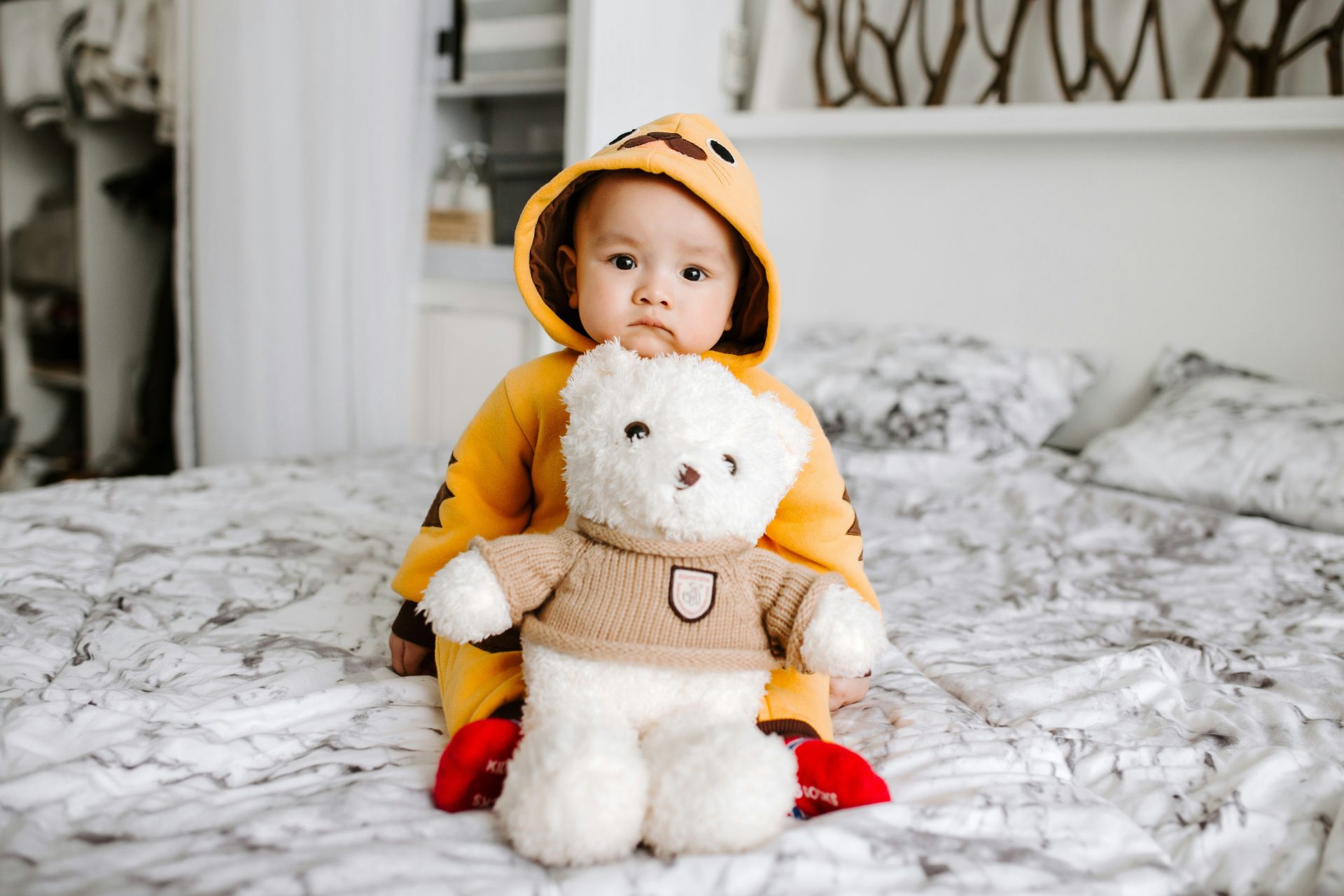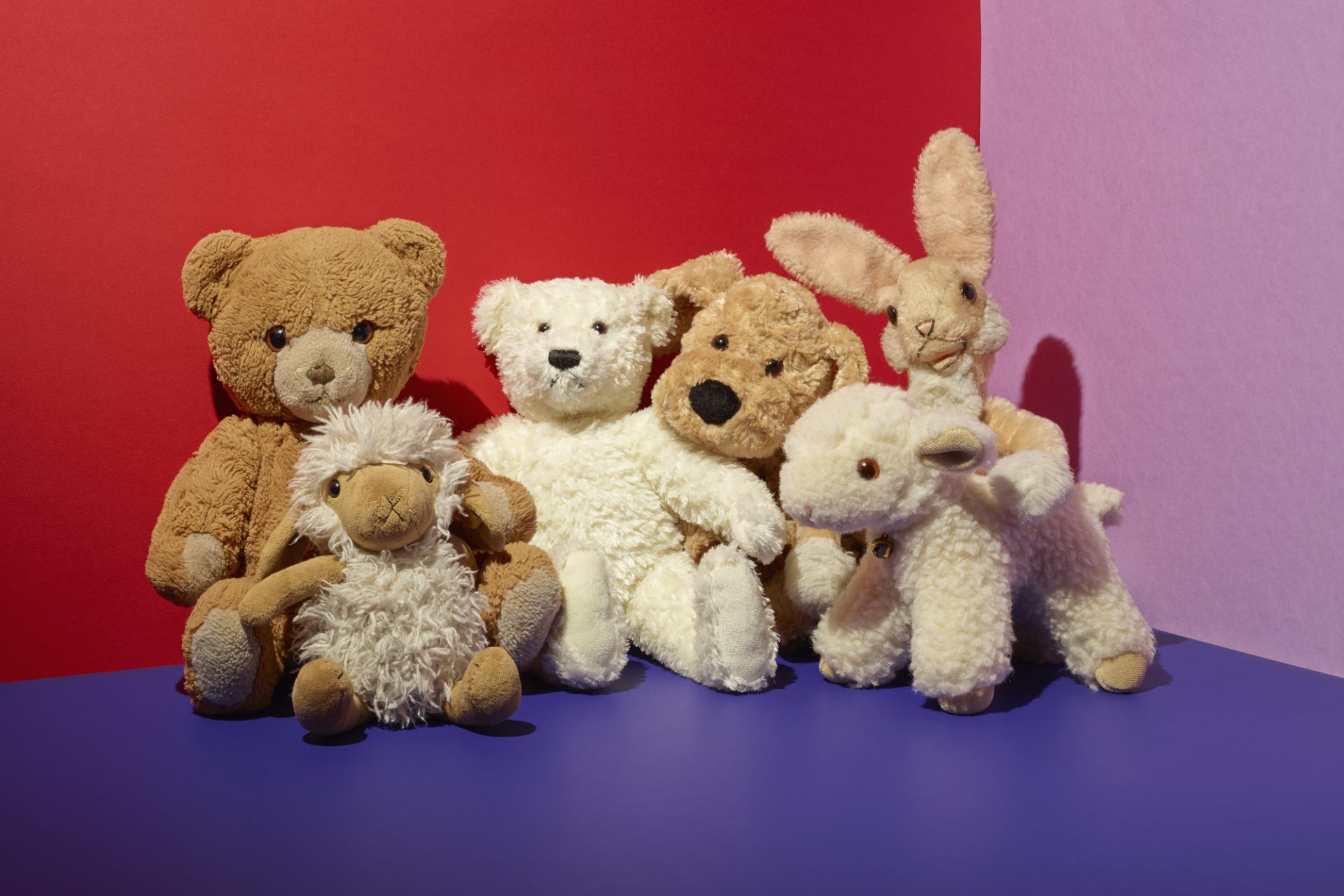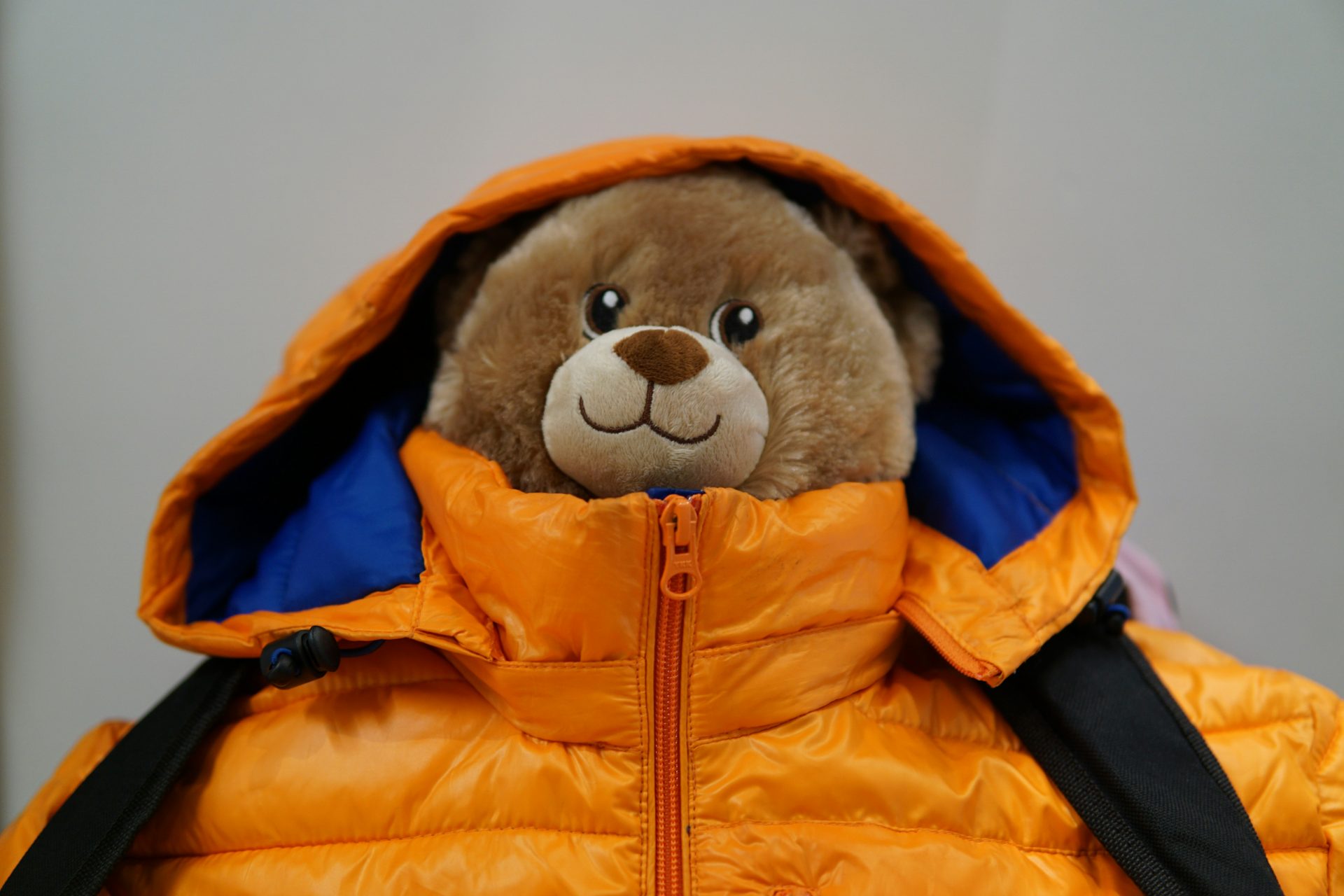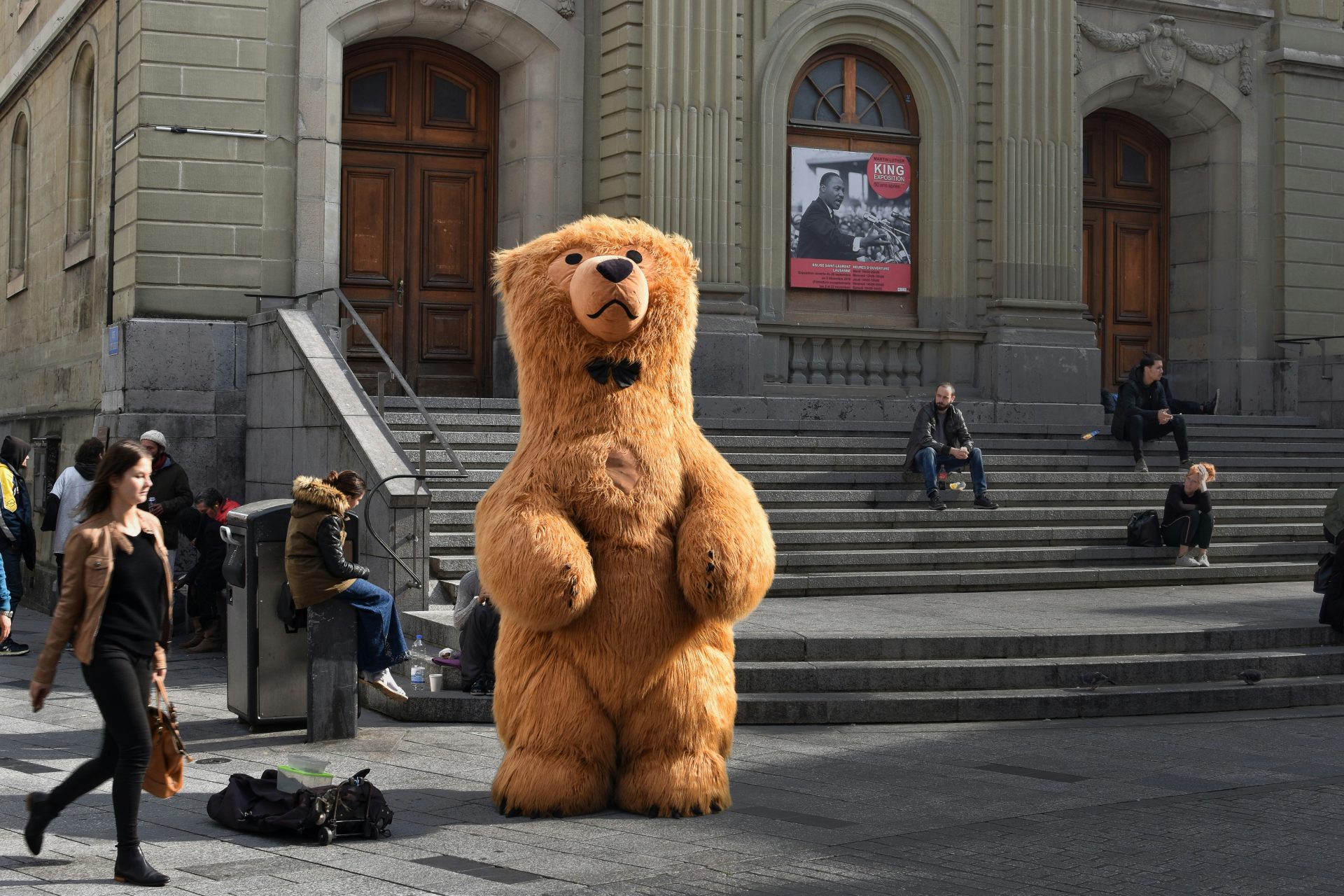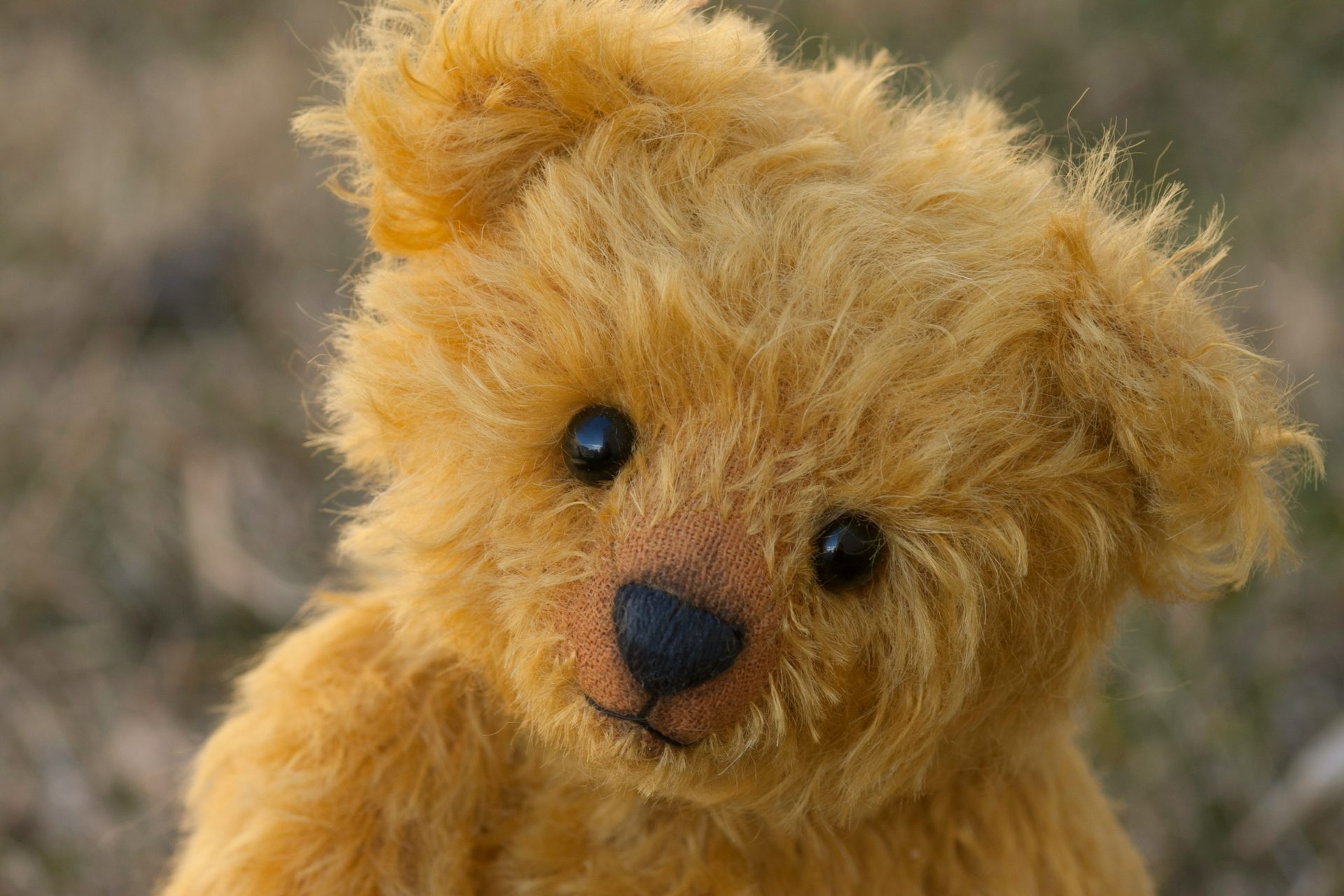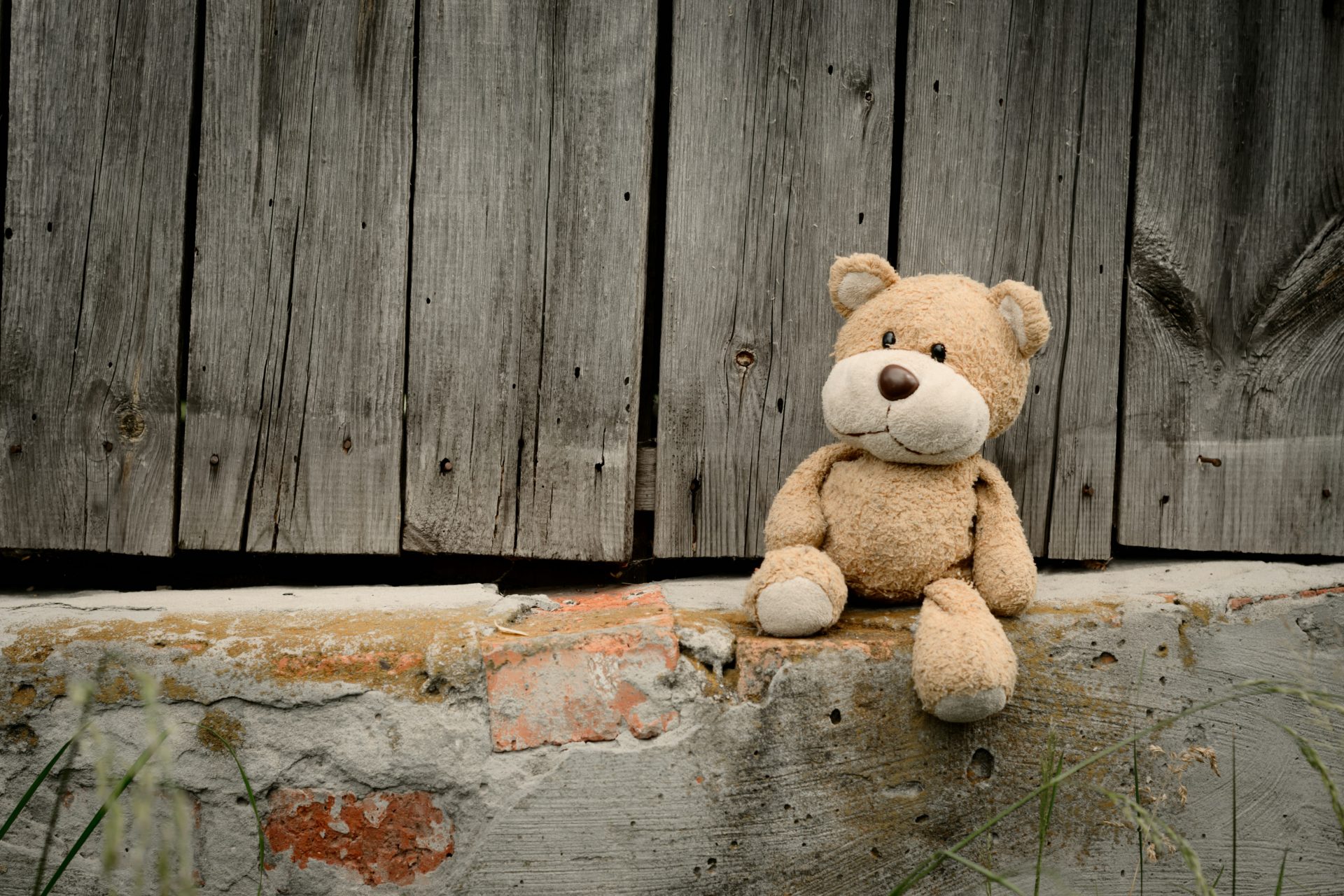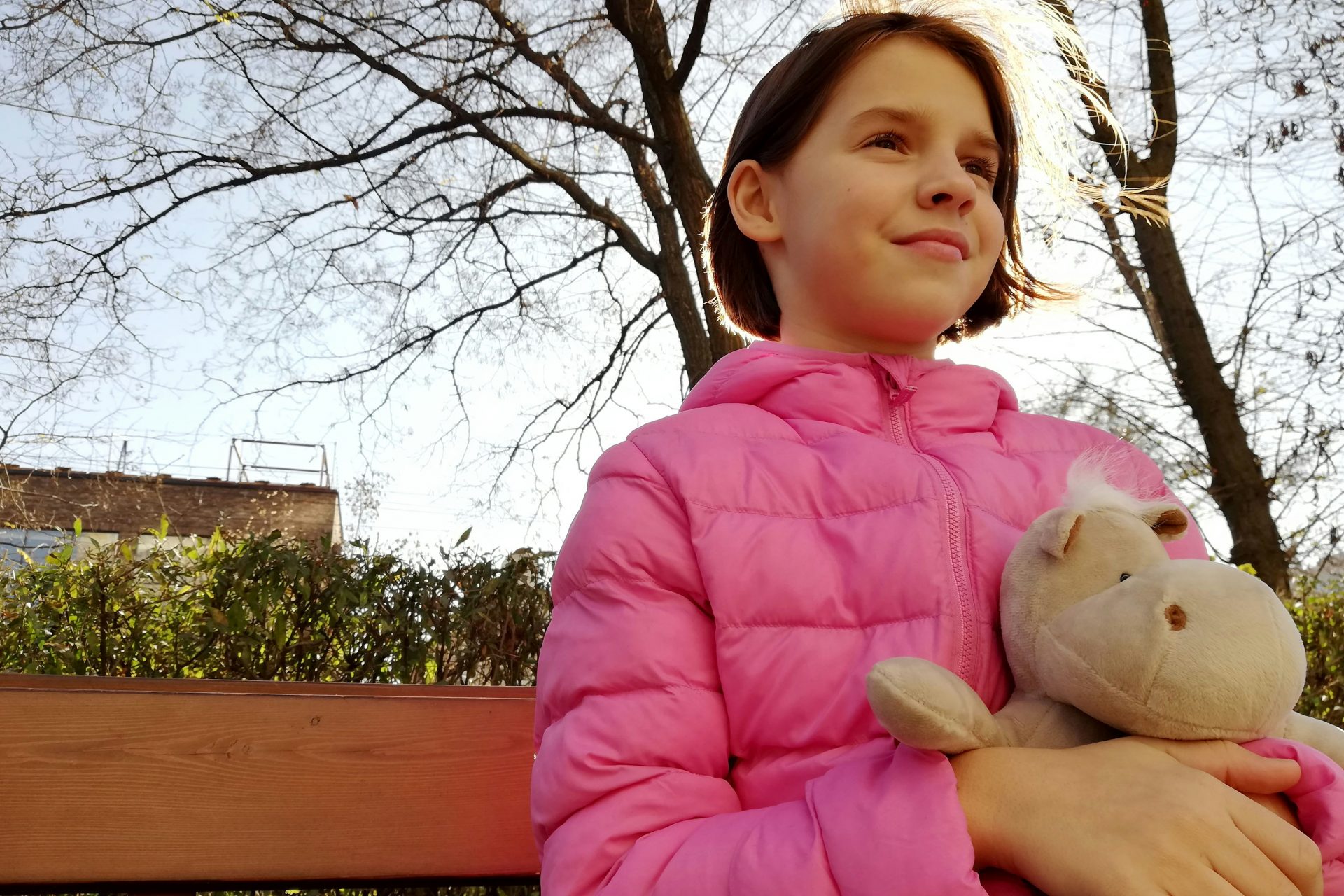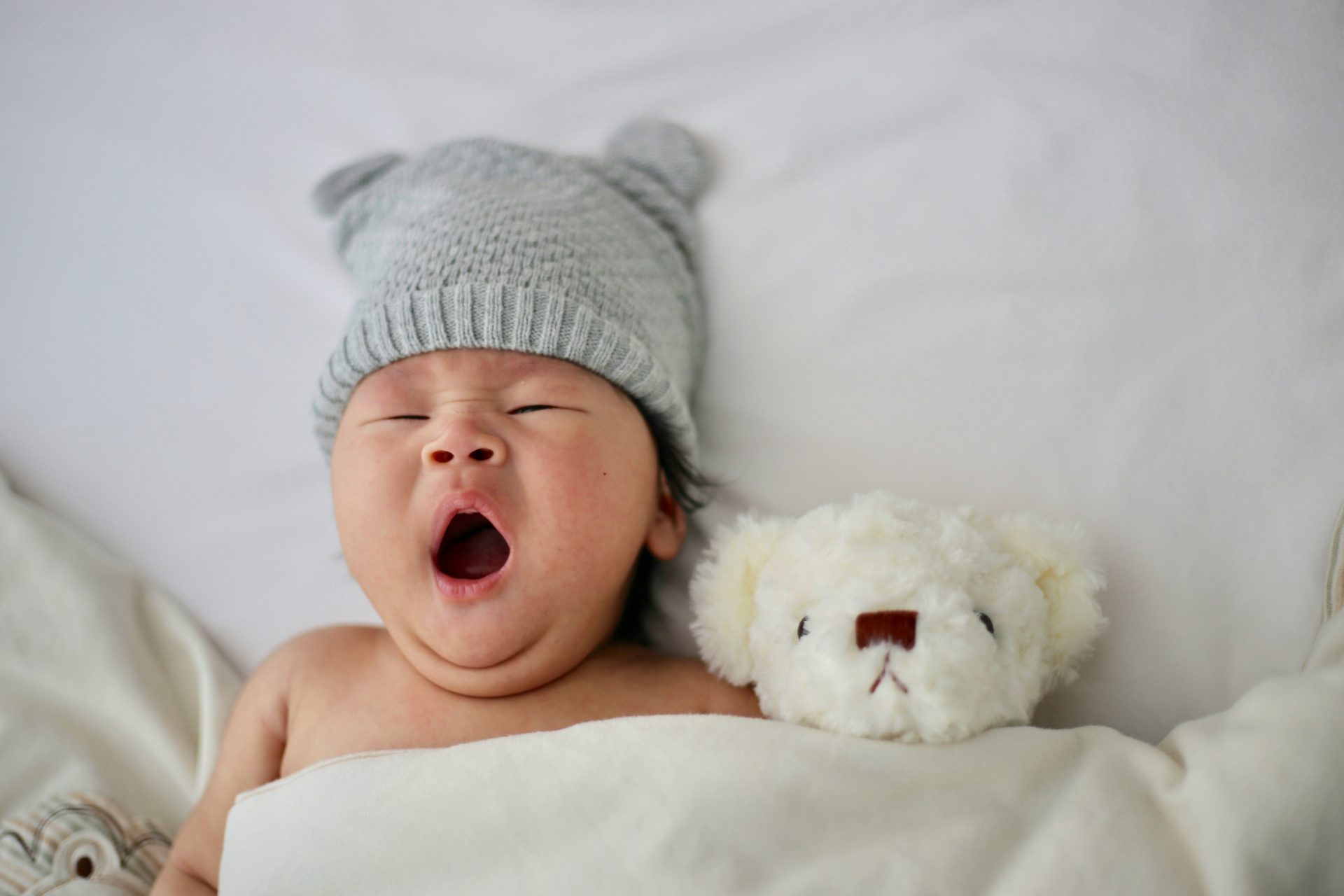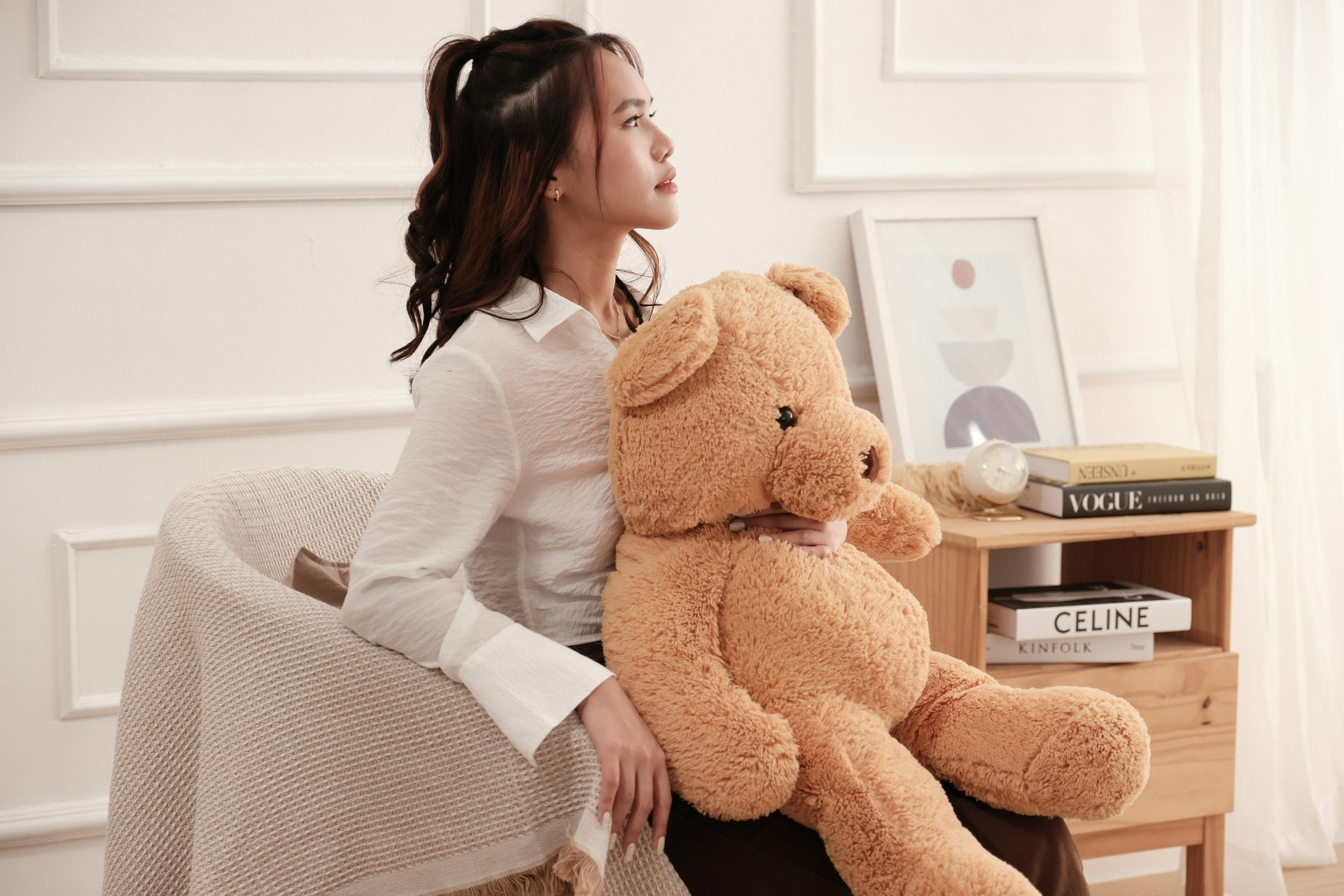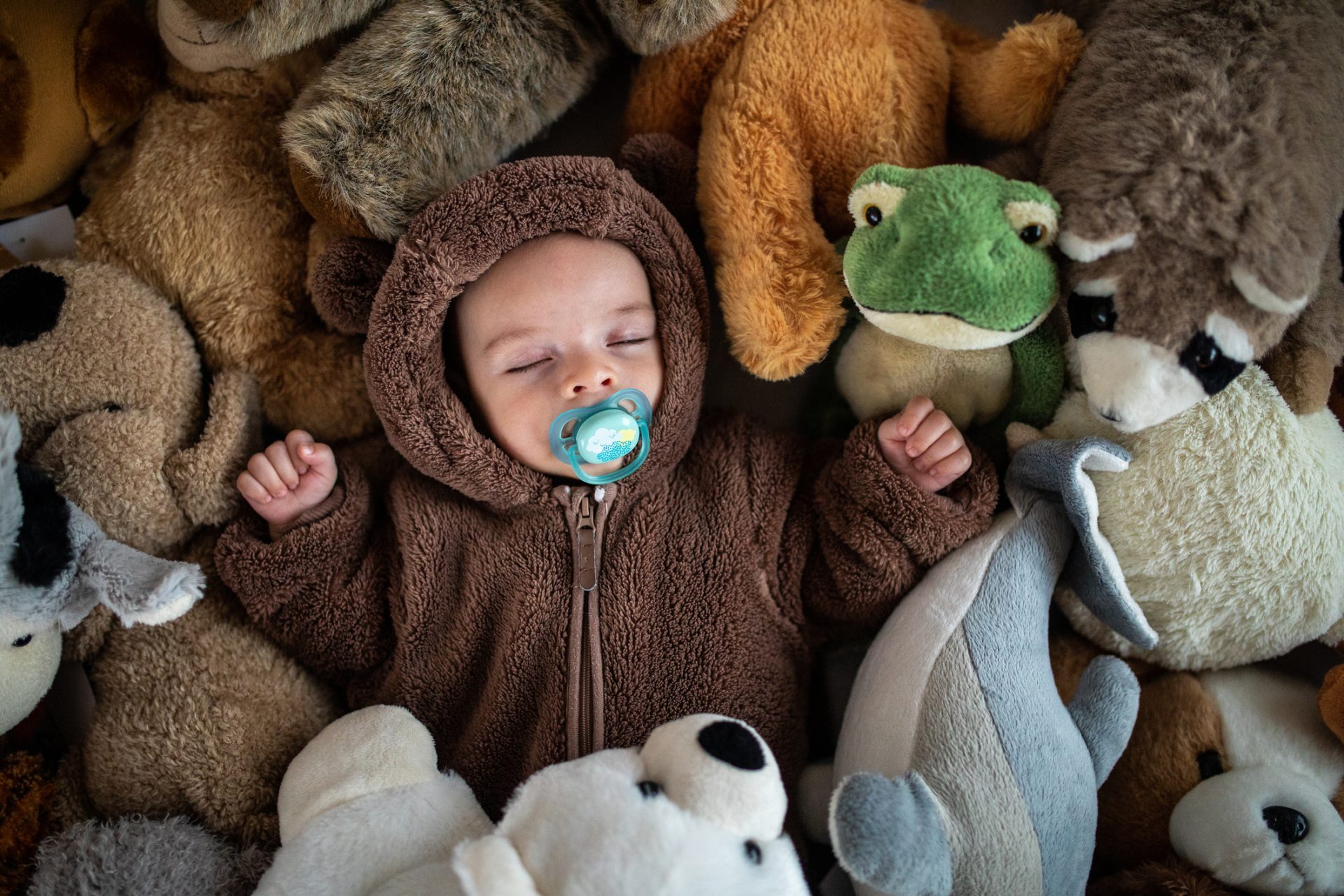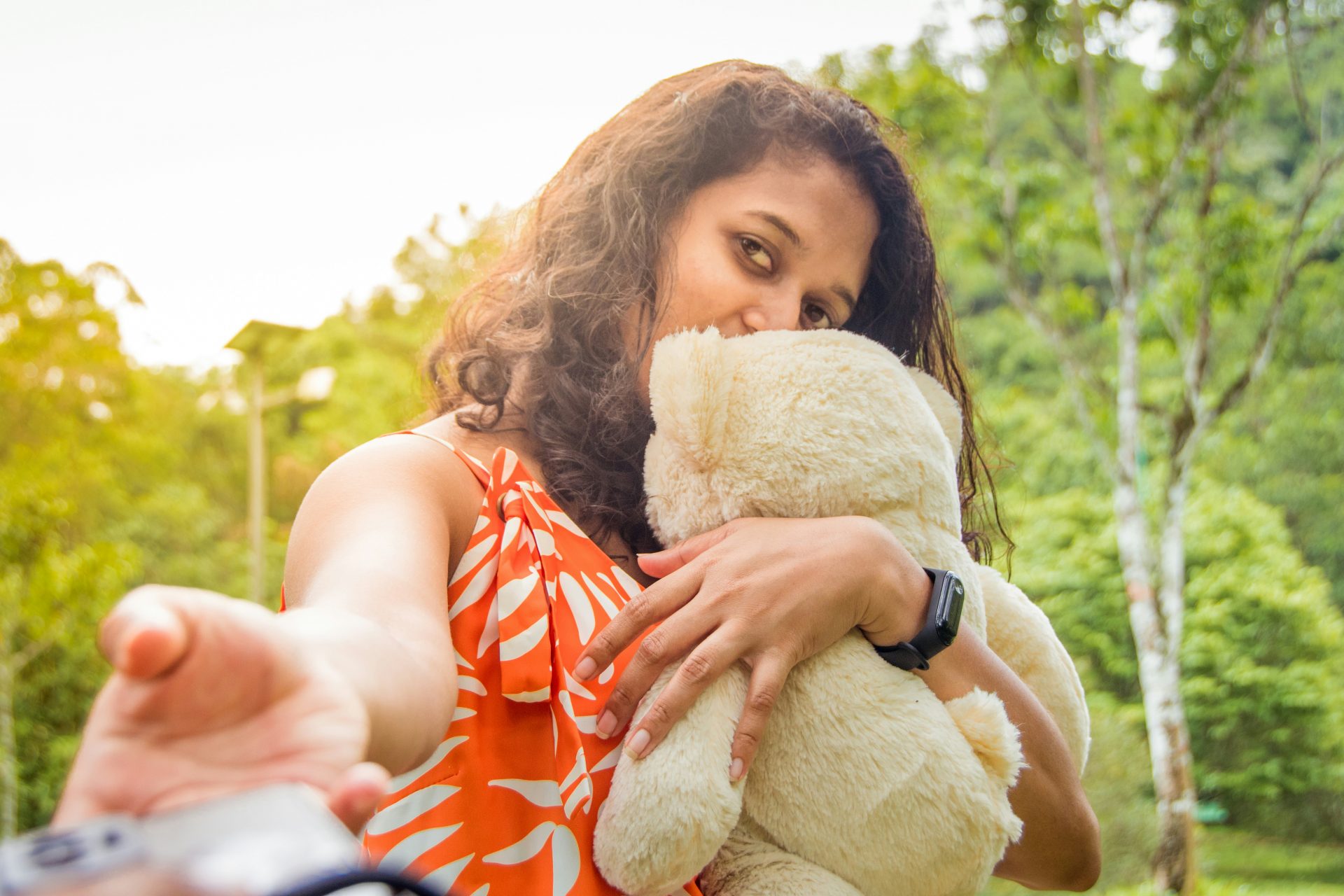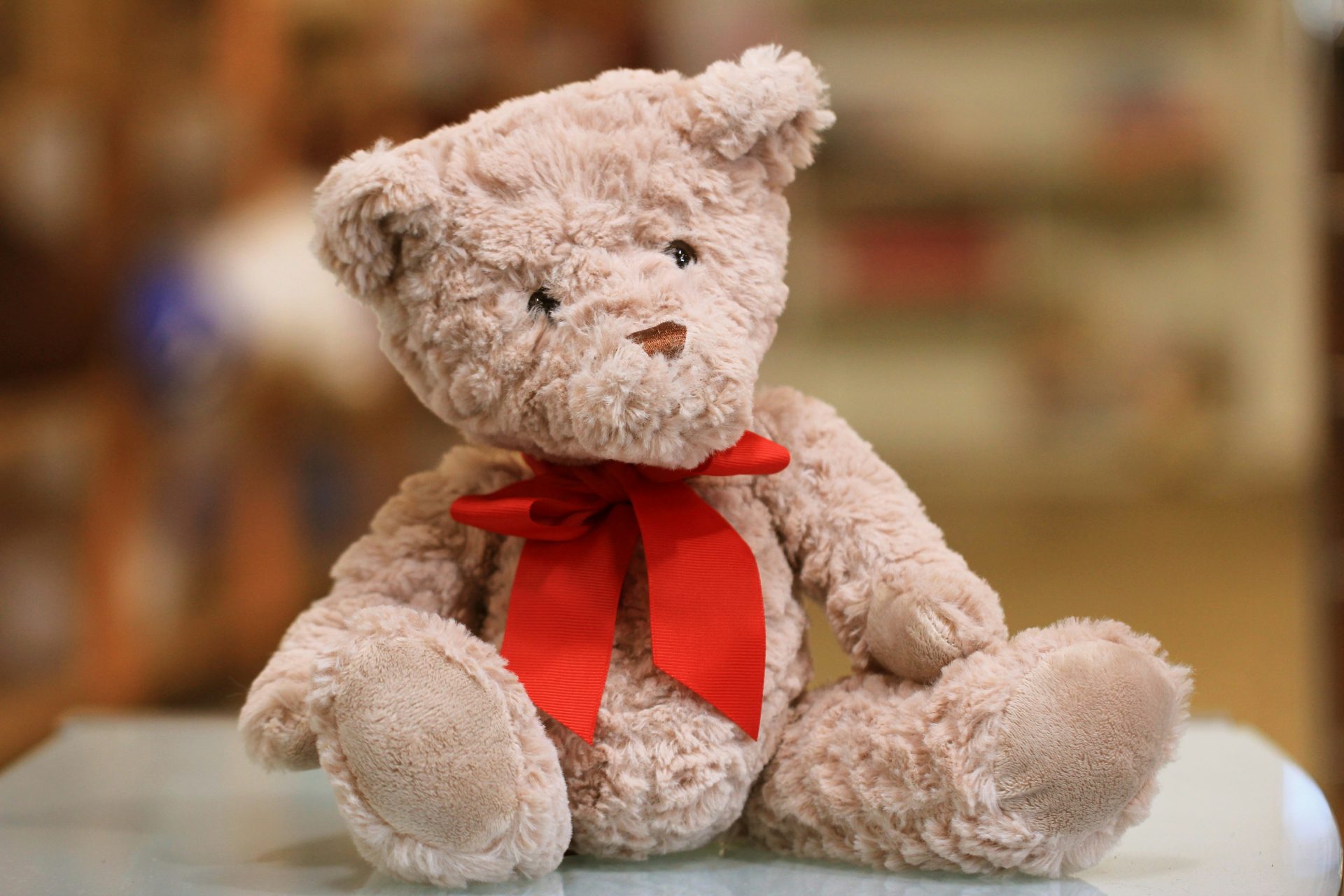This is why teddy bears are so comforting
What makes a teddy bear so comforting for children? This is a weird question but one a group of researchers thought was worth answering since teddy bears play an important role in how children deal with the world around them.
The researchers published a study in the Journal of Positive Psychology revealing what makes a teddy bear so comforting for children. Their findings might surprise you since it is all about the emotional bond rather than looks.
Photo by Ortopediatri Çocuk Ortopedi Akademisi on Unsplash
How the researchers went about making their conclusions was quite intriguing since the work was part of an event known as European Researcher’s Night, an event that is held all over the continent to showcase new science.
The point of the evening is to show people how science impacts their daily lives in both fun and inspiring ways according to the event's website, which makes investigating why teddy bears are so comforting a perfect experiment.
Photo by Anthony Tran on Unsplash
Teddy bears come in all sorts of shapes and sizes and the researchers tried to cover all possible ranges of bears by selecting eight different types. The bears were then placed at several different venues all across France.
The characteristics picked out by researchers for their bears included “muzzle volume, truffle circumference, and leg length” PsyPost’s Vladimir Hedrith reported, and the bears were kept small to make their shipping easier.
Photo by Quantumn on Unsplash
Event guests were invited to engage with the teddy bears in a variety of ways according to Hedrith. A photo studio was set up and people were encouraged to interact with the bears before being asked to rate their appeal.
Photo by Matteo Maretto on Unsplash
Researchers then asked participants to compare the teddy bears at their events with the ones they owned as well as the bears of others to see which they would prefer to cuddle with when going through a period of distress.
Photo by Jéssica Oliveira on Unsplash
Some teddy bears did have visual characteristics that increased people's comfort levels with them, and the most important factors that made these bears a comfort included the softness of the bear as well as its fur length.
Photo by Oxana Lyashenko on Unsplash
The overall volume of a teddy bear and its visual appeal were also important factors. A teddy bear with a smile was perceived as more comforting than a teddy bear without a smile, but the difference was only marginal.
Photo by Marina Shatskih on Unsplash
Participants said that their own teddy bears were more comforting than those owned by other people or the teddy bears provided by the researchers, which showed that it was a person's emotional bond that mattered most.
Photo by Ekaterina Novitskaya on Unsplash
“Our study revealed that the emotional bond shared with a teddy bear is a predominant factor,” the study’s authors wrote, adding that they did identify “characteristics that play a significant role in the perception of comfort.”
Photo by Minnie Zhou on Unsplash
“These results were independent of participants’ age, reminiscent of the teddy bear’s ability to provide comfort at all stages of life,” the study’s authors added, a point that proved the successful nature of European Researcher’s Night.
Photo by wenbin sia on Unsplash
The only drawback to the study was the size and variety of teddy bears used. PsyPost pointed out that the study was only limited to eight small teddy bears and added that a wider selection may have yielded different results.
The study included 395 individuals and sixty percent of the participants were female of primarily childhood or adolescent age. The average age of participants was 18 years old and the median age was 12 years old. Seventy-five percent of participants were under 27.
Photo by Nilanka Kariyawasam on Unsplash
“In conclusion, the comforting power of teddy bears lies firstly in the emotional bonds (observed through ownership effect), and secondly in a combination of visual, olfactory, and especially kinesthetic characteristics,” the study authors wrote.
More for you
Top Stories






